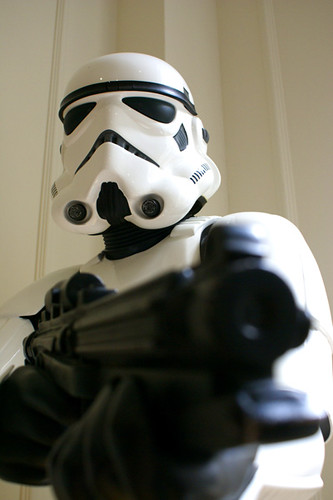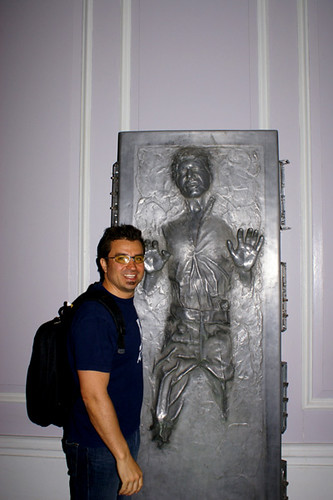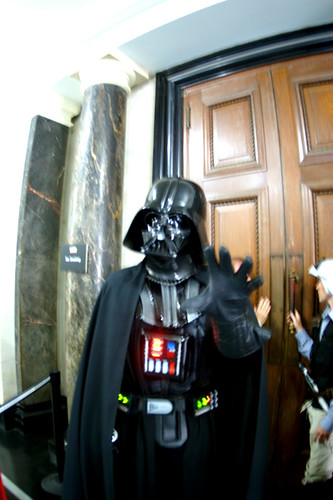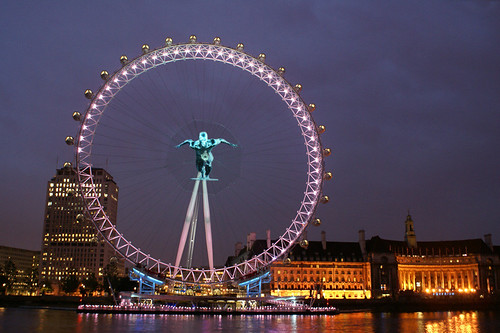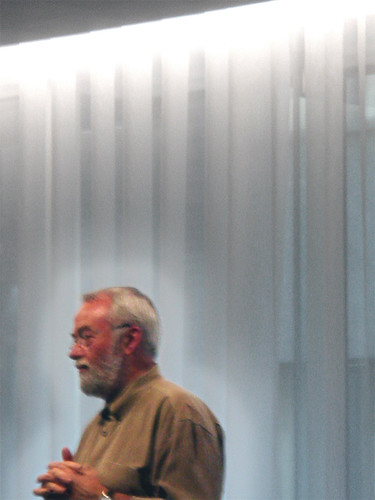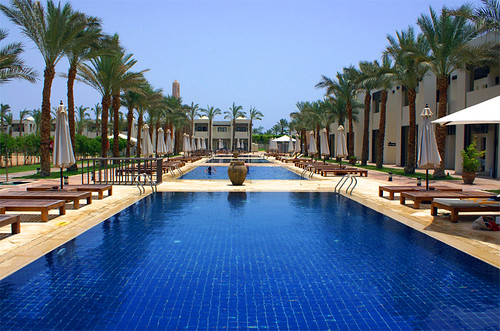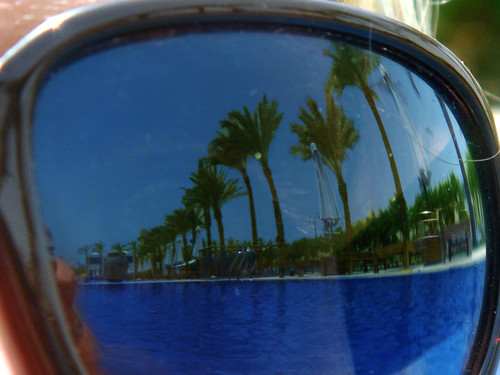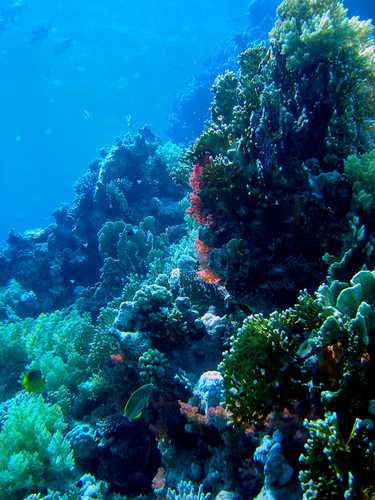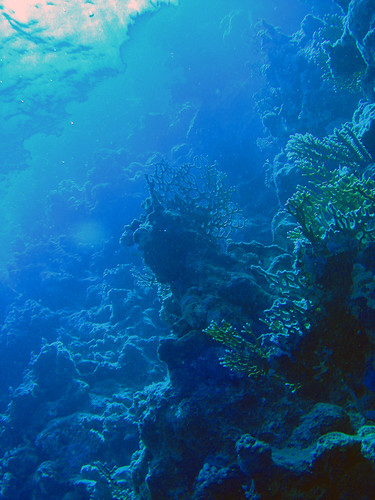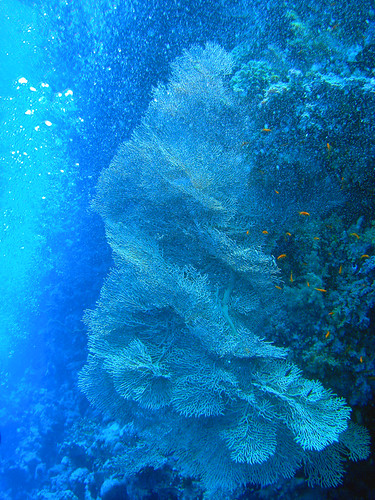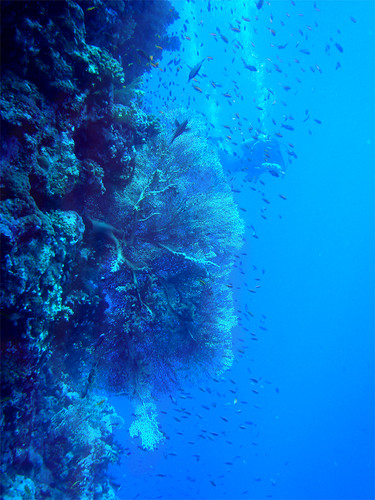The Reef Oasis Palms Resort
The Reef Oasis Palms Resort is a brand new hotel opening in May 07, with some great facilities, the Palms Resort looks set to compete with some of Sharm El Sheikh's best quality hotels. You'll find stunning pools and sparkling white architecture, well designed and spacious rooms, and great food and drink A comfortable 5 Star Resort.
Located on " Hadabet Om El Sied ", 2 Km from Sharm Old Market and 14 Km from Sharm International Airport.
Sharm el-Sheikh has also become a favourite spot for scuba divers from around the world. Being situated near to the Red Sea, it provides some of the most stunning underwater scenery and warm water making this an ideal place to dive. Visitors to Sharm el-Sheikh can experience a variety of water and activities. Beach seekers find many activities such as diving, snorkeling, wind surfing, para-sailing, boating, and canoeing.
Ras Mohammed is the National Park of South Sinai and located on the very tip of the Sinai Peninsula; it probably represents some of the most famous dive sites in the Red Sea with 800-metre (2,600 ft) deep reef walls and pounding current and coral gardens.
Sharm el Sheikh (Arabic: شرم الشيخ, Sharm al-Shaykh), often known simply as "Sharm", is a city situated on the southern tip of the Sinai Peninsula, in Janub Sina', Egypt, on the coastal strip between the Red Sea and Mount Sinai.
Sharm el-Sheikh is the administrative hub of Egypt's Southern Sinai province which includes the smaller coastal towns of Dahab and Nuweiba as well as the mountainous interior, Saint Catherine's Monastery and Mount Sinai. Sharm el-Sheikh is known as The City of Peace referring to the large number of international peace conferences that have been held there.
 Taking over London's Earls Court Exhibition Centre for three days in July 2007, Star Wars Celebration Europe will be filled with live entertainment, celebrities from all six movies, special film and video presentations, an exhibit of movie props and costumes, exclusive merchandise, pop culture tributes, interactive events, a costume contest, and much, much more.
Taking over London's Earls Court Exhibition Centre for three days in July 2007, Star Wars Celebration Europe will be filled with live entertainment, celebrities from all six movies, special film and video presentations, an exhibit of movie props and costumes, exclusive merchandise, pop culture tributes, interactive events, a costume contest, and much, much more.